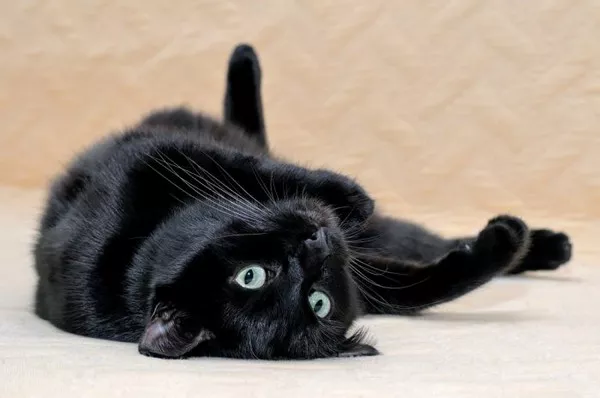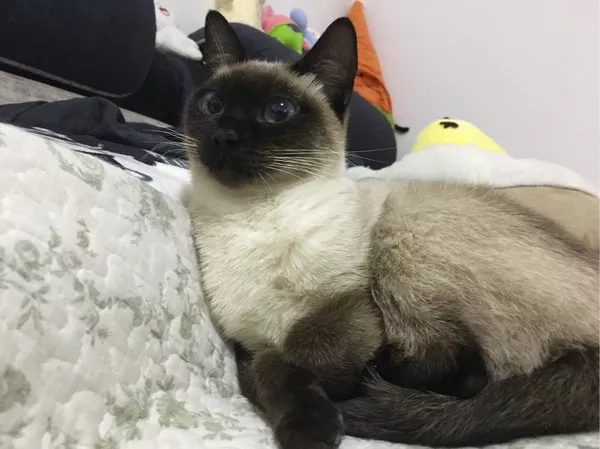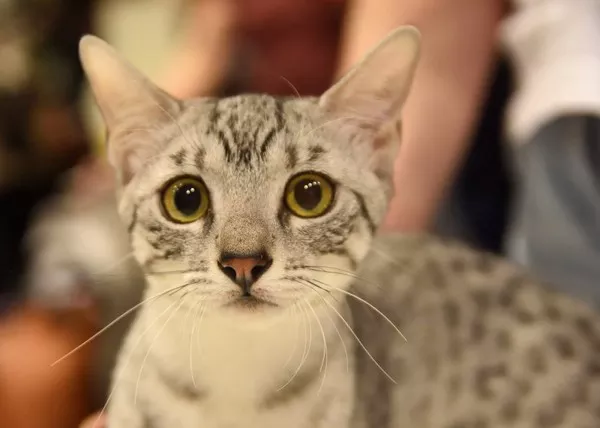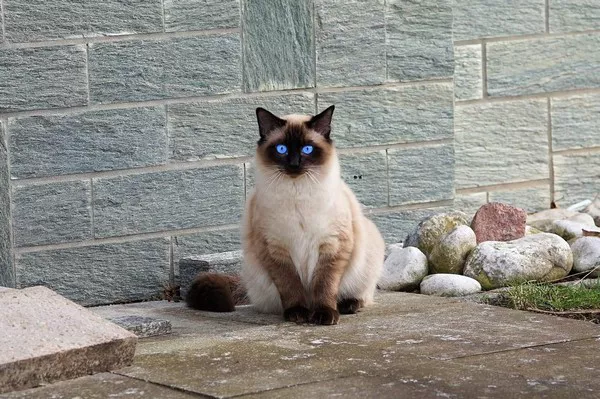You might have witnessed it – your cat perched by the window, fixated on something outside, emitting a series of curious chirps and chatters. But what lies behind this peculiar behavior? Here, we delve into three reasons why cats engage in this intriguing vocal display when faced with birds. Plus, we unravel whether this phenomenon warrants concern or encouragement.
Decoding Cat Chirping and Chattering
Cat chirping is a brief vocalization reminiscent of bird sounds. It’s a succinct sound, distinct from the elongated howls or familiar meows. Often subtle, it might easily blend into a noisy ambiance. Chattering, on the other hand, involves repeated short, bird-like sounds. This is commonly observed when a cat is stationed by a window, observing avian creatures. During these vocal moments, cats open their mouths, revealing their teeth, while their cheeks and whiskers quiver with the vibrations of their utterances. This behavior is also termed twittering or chittering.
Three Drivers Behind Cat Chirping and Chattering
1. Primal Instincts: The Hunt for a Tasty Treat
Remarkably, even indoor cats with no outdoor experience exhibit an innate hunting instinct. As highlighted by the Humane Society of the United States, chirping occurs when a cat spots potential prey outside – perhaps a bird or a squirrel. Keen observation reveals the cat’s complete fixation on the external creature. This intense focus mirrors the skills a feline would employ during outdoor hunting pursuits. The sequence involves stalking, crouching, approaching, and ultimately capturing the prey – a behavioral pattern known as the prey sequence. In the wild, cats are driven to hunt for sustenance, a far cry from relying on human-provided meals.
2. Excitement and Frustration Blend
The rapid chattering and chirping sounds echo the cat’s excitement. As natural predators, the sight of potential prey elicits thrill. This emotion parallels the anticipation one feels when presented with a favored meal. The fragrance and visual allure of a delectable dish can trigger salivation even before the first bite. In cats, the chattering serves a similar purpose – a response to the excitement of an imminent delight. Strikingly, it also acts as a self-soothing mechanism. While confined by doors and windows, cats may encounter frustration in their inability to capture prey. Nevertheless, the thrill of the chase remains, akin to their exuberant pursuit of ankles during kittenhood.
3. Ingenious Mimicry: Luring Prey Closer
Cats might also have evolved to mimic bird sounds, a strategy aimed at luring prey within striking distance. By emulating bird-like vocalizations, cats could deceive birds into a false sense of security, concealing their predatory nature. This strategy grants the cat an advantageous position – an opportunity for a surprise attack. Mimicry allows them to ambush birds, increasing their chances of a successful capture. This tactic extends beyond domestic cats, with their larger counterparts like mountain lions displaying similar behaviors. While our pampered feline companions sport toy collections and cushy beds, they remain inherently wired as skilled hunters.
The Question of Concern
There’s no need for apprehension. In fact, encouraging your cat’s chirping is a positive approach. Redirecting this behavior is unnecessary; it’s a source of enjoyment for your furry friend. For them, it’s an exhilarating experience. If your cat doesn’t have ample window access, consider setting up a vantage point for them to indulge in real-time wildlife observation. A window-mounted perch can be an excellent choice, or you can get creative with alternatives. However, remember to actively engage with them. Facilitate their natural instincts by incorporating interactive play into their routine. Introduce food puzzles to stimulate their minds and bodies while savoring treats. Embrace inventive play sessions with wands and interactive toys. By indulging their innate hunting drive, you provide an environment that balances safety, contentment, and fulfillment under your watchful care.



























